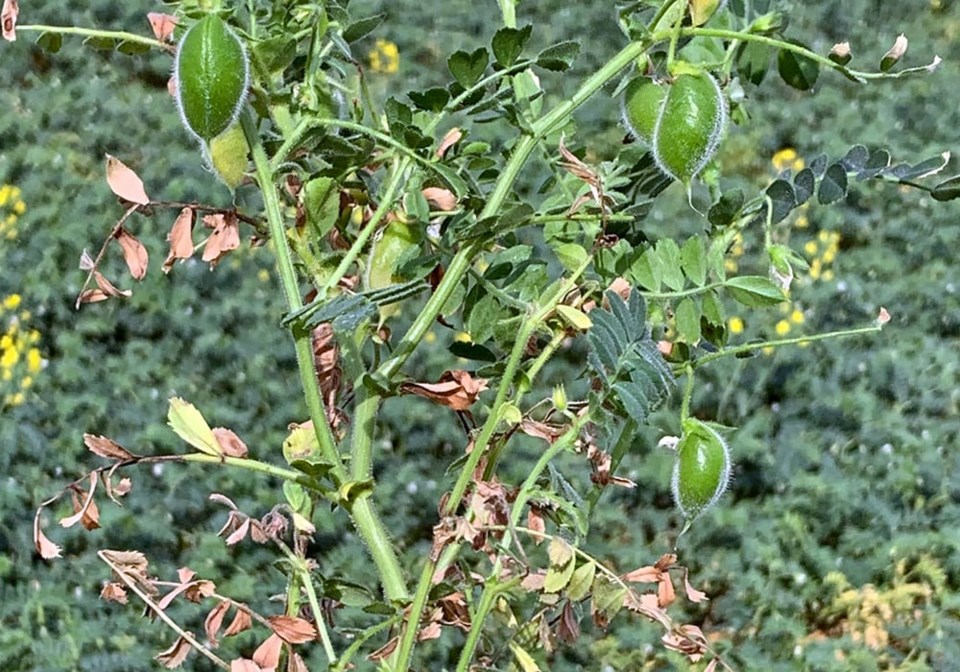SASKATOON — The Indian government might have to consider opening a second window for duty-free yellow pea imports, according to a senior industry official from that country.
“Maybe in the back end of the season,” Manek Gupta, managing director of Viterra India PVT Ltd., said during a recent webinar hosted by the India Pulses and Grains Association (IPGA).
He believes there will be a sizeable shortfall in rabi or winter season chickpea production. Seeding of the crop was 10 percent behind last year’s pace at the time of the Dec. 14 webinar.
Gupta is forecasting a nine percent drop in production, to about 11 million tonnes. But it could be a lot worse than that if there is major heat stress in January or February.
Weather conditions for the current growing season have been average but monsoon rainfall was disappointing in some key districts in the states of Karnataka and Maharashtra.
“There are these red flags, or orange flags at least, at this stage,” he said.
A smaller chickpea crop was predicted so the Indian government dropped the import restrictions on peas through March 31, 2024.
“The expectation is that 400,000 to 600,000 tonnes of yellow peas will probably come in during this window, which will surely help alleviate the potential shortage of chickpeas,” said Gupta.
But it won’t completely alleviate the estimated 1.21 million tonne drop in production, combined with tight carryout supplies from the previous year.
Australia is the only other potential relief valve. It is a major exporter of desi chickpeas. But the Australian government is forecasting an average crop of 533,000 tonnes and a carry-in of 263,000 tonnes.
Gupta thinks both those numbers will be lower than what the government anticipates. Using those numbers, that would be enough for a 689,000-tonne export program, or about the same amount as last year.
That will only be enough to sustain the usual customer base, which includes Pakistan and Bangladesh.
“The total export surplus out of Australia is not really going to be there to cater to the Indian market, even if the import duty was brought to zero,” said Gupta.
That is why he thinks the Government of India may have to consider a second duty-free import window for yellow peas later in the 2023-24 campaign.
The government is expected to end 2023 with one million tonnes of chickpea stocks, down from 1.4 to 1.5 million tonnes at the start of the year, so it will likely be a big buyer of the crop when it is harvested in April and May.
Bookmark SASKTODAY.ca, Saskatchewan's home page, at this link.

